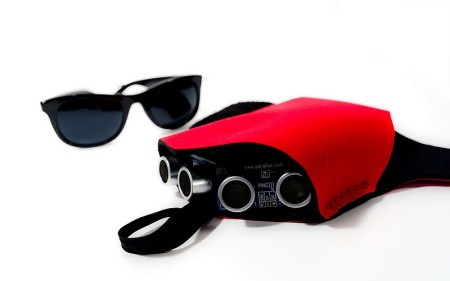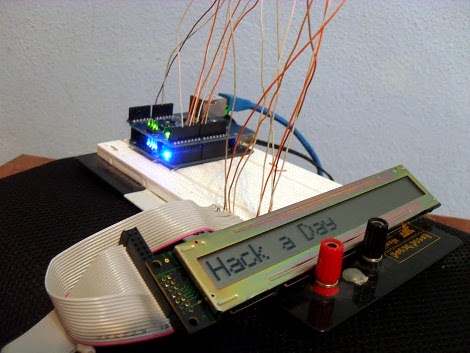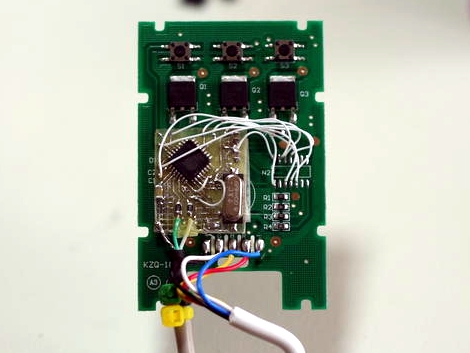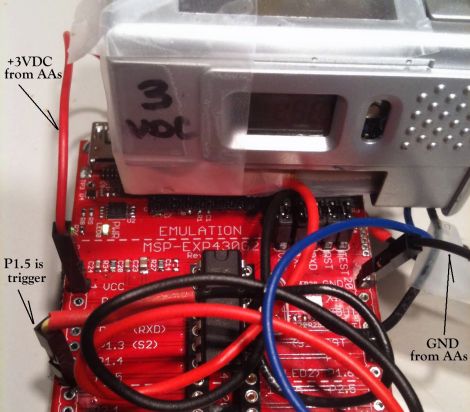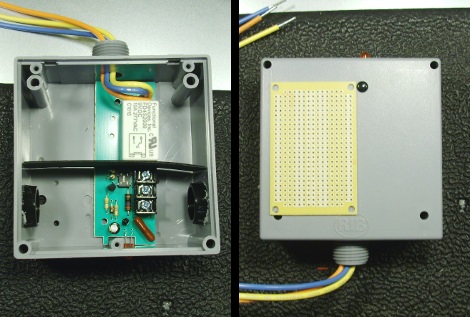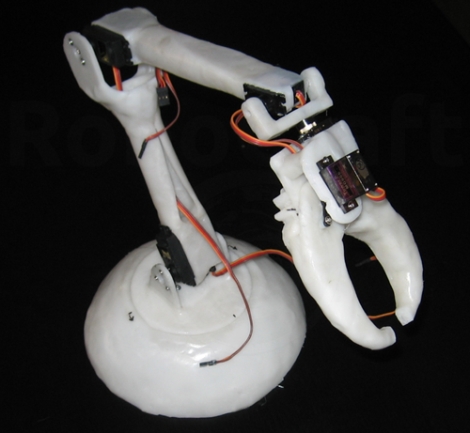
[Alexey] wrote in to share a mechanical claw (Google Translation) he has been hard at work on for quite some time. While a lot of people will turn to some sort of 3D plastic printer such as the MakerBot if they need plastic parts built, [Alexey] didn’t have access to one. Instead, he carefully crafted the entire mechanism from polycaprolactone, or as it’s more commonly known, Shapelock.
Using a wide range of tools from hair dryers and knives to lighting fixtures, he manually sculpted the claw and its control arm out of plastic, piece by piece. We are particularly impressed by the gearing he was able to cut from the plastic, which can be finicky at times.
As you can see in the video below, The claw mimics each movement he makes with the control arm via a handful of Arduino-driven servos. Everything seems to work quite well, and despite the rough translation by Google, we think this is a great project. If you are looking to do something similar yourself, he has plenty of pictures on his site, which should give you a pretty good idea as to how things were put together.
Continue reading “Robotic Arm And Claw Sculpted Entirely From ShapeLock”

